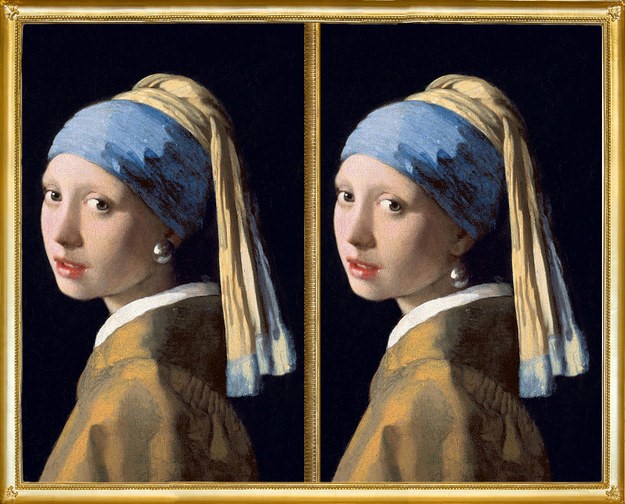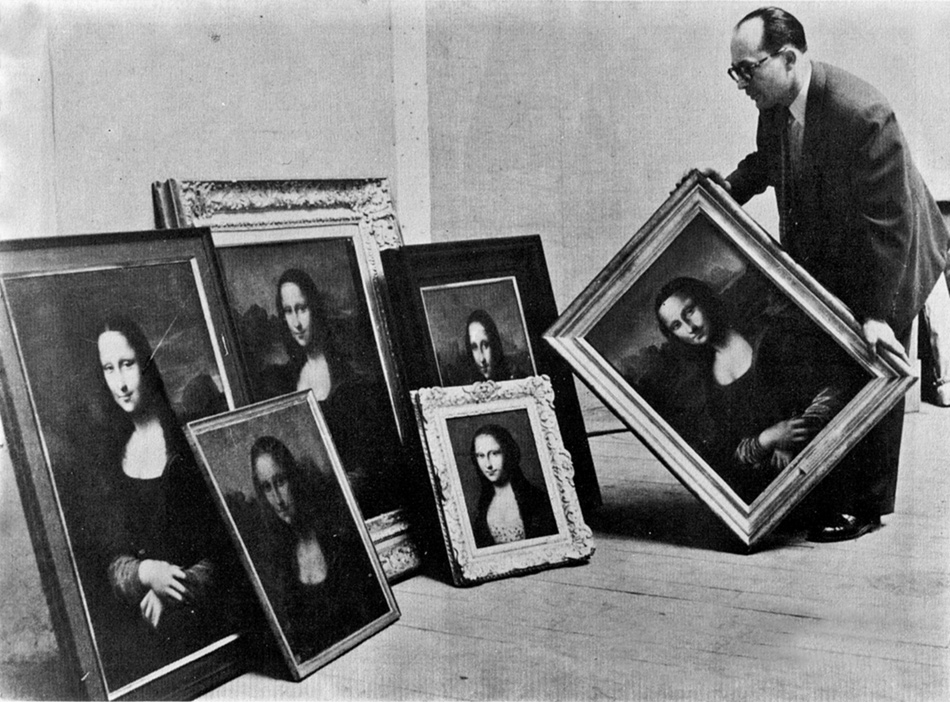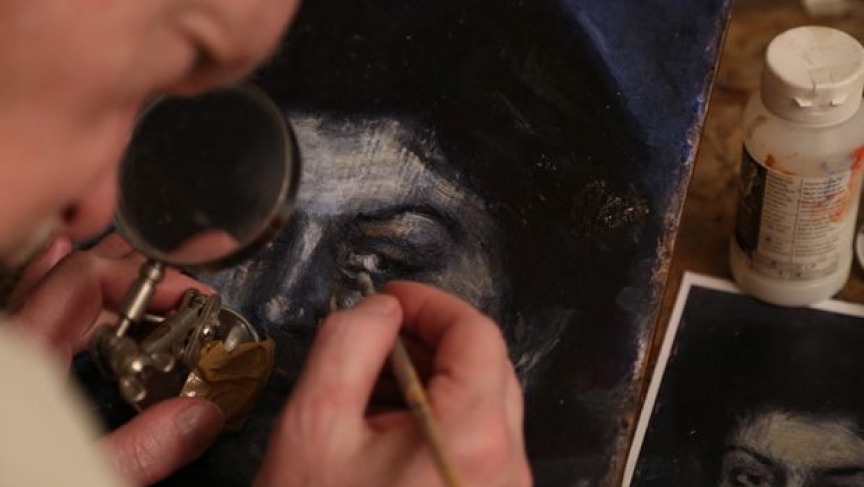
Art forgery is an exemplary instance where art and crime intersect. Art forgery is essentially the piracy of another’s artwork, and this can either take the form of discovering a fraudulent piece or creating the counterfeit piece oneself, and selling it as the original or something it is not in order to increase the piece’s value. If a buyer seems skeptical of the piece’s originality, a forger may attempt to claim that the forged work is a slightly different copy, or a previous version of a more famous work. Occasionally, an art forger may even borrow or steal an original artwork from its owner, create a copy, and then return the copy to the owner while keeping the original for himself.
This may come as a surprise, but according to NPR newscast, the famous Michelangelo began his sculpting career through forgery, claiming that his marble sculpture, Sleeping Eros, was an ancient Roman statue. With the help of a dealer, Michelangelo covered his tracks by damaging and burying the sculpture in the dealer’s yard, acting as if he had discovered the ancient piece. In doing this, he was able to increase the value and fetch a much better price.
There are several reasons as to why a person may engage in art forgery. Often, artists are pushed into forgery due to their unsuccessful attempts at breaking into the art market. Even if an artist only attempts to forge something once, the attention and resulting profit can be addicting. An American painter named Mark Landis exemplifies the entrancing nature of art forgery, as he has been known to present more than 100 forged works of art to museums across 20 U.S. states. He was initially motivated by a desire to gratify his mother and father, yet found himself unable to stop due to the special treatment he received from the museums.
Hoaxes are not exclusively for financial measures either, as some claim to produce forgeries in efforts to expose the pretentiousness of the art world. It is gratifying to art forgers when they are able to profit off of those who claim to be art connoisseurs, yet cannot tell the difference between a true masterpiece and a hoax that they are observing or buying. These motivations behind art forgery must be somewhat justifiable, as Art historian Thomas Hoving estimates that various types of forged art comprise up to 40% of the art market.
Does this make it okay? The practice can be seen as a form art, in the sense that copying a piece involves skill and creativity, and discovering a piece involves some familiarity with the art field. Art forgery can perhaps even benefit the art market by allowing a talented artist like Michelangelo to get his foot in the door, or by making artworks more readily available to the general public and thus generating a more widespread appreciation for art. On the other hand, art forgery is criminal, as it is a form of deceit. The seller is profiting unrightfully off of something that is not what it is claimed to be, and this is wrong in both a legal and moral sense. Lawyers at Grossman LLP law firm are engaged in a lawsuit on behalf of a prominent New York art gallery against a Carnegie Museum trustee, arising out of the sale of the landscape artist, Peter Doig’s, painting. The gallery that represents Doig sued the collector, claiming that Doig sold the man an oil painting for $162,000, a “fraction” of its market value, on the condition that he eventually give it to a museum. Art forgery is clearly a legal issue, but more importantly, it is immoral due to the fact that it robs the artist of his/her rightful profit. No matter the excuse, or the artistic merit involved in art forgery, it is most prominently an act of criminality both on legal and ethical terms, and for this reason, forgers should be condemned and punished.







